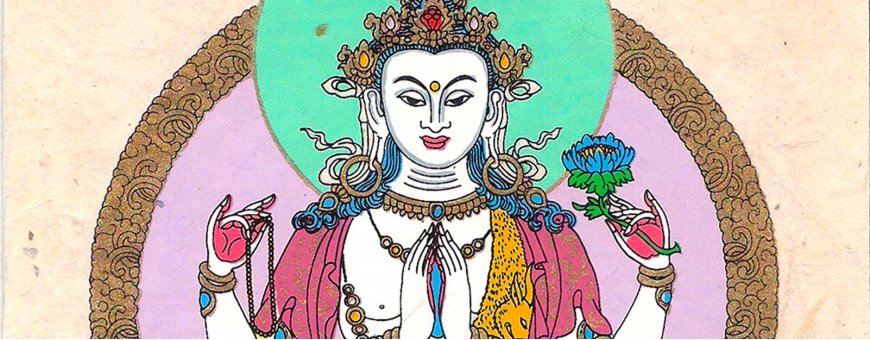Sorry for the inconvenience.
Search again what you are looking for
Leave your message
| Charity | Donated Amount |
|---|---|
| ROKPA ITALY (onlus) | $1,854.54 |
| CENTRE CULTUREL TIBETAIN (asbl) | $3,453.60 |
| KAGYU SAMYE DZONG NIDRUM (asbl) | $796.31 |
| AMITABHA FRANCE (assoc) | $2,842.11 |
| LES JARDINS DE MEDITATION (asbl) | $2,214.73 |
| PALYUL JAMYANG SHERIG PHUNTSOK NORLING Buddhist Center (asbl) | $568.23 |
| LES AMIS DE PADMA (Assoc) | $514.64 |
I want to help a Dharma/Charity organisation via a donation of:
My Dharma/Charity organisation is not on the list? Click here.
Customers reviews

Search again what you are looking for
